Our Medical Equipment
At Samsung Miracle Eye Clinic’s equipment, we use only authentic, genuine medical equipment from verified providers, allowing us to perform thorough examination and precise surgery.

VisuMax
3rd generation SMILE LASIK equipment
This is the third-generation SMILE LASIK device developed by German medical device company Carl Zeiss through over 20 years of research. It is characterized by performing surgery by fully recognizing the rapid movement of the eye and then applying the laser using femtosecond laser technology, which won the Nobel Prize in Physics.

Diagnostic Network System
A state-of-the-art cataract data network system
The Forum network system is a computer data network solution specifically designed for ophthalmology, based on Carl Zeiss’s information and communication technology. It integrates with the Callisto eye cataract surgery computer navigation system, the Cirrus HD OCT ocular optical coherence tomography (OCT), and the Humphrey visual field tester, enabling rapid and accurate real-time data review during surgery.
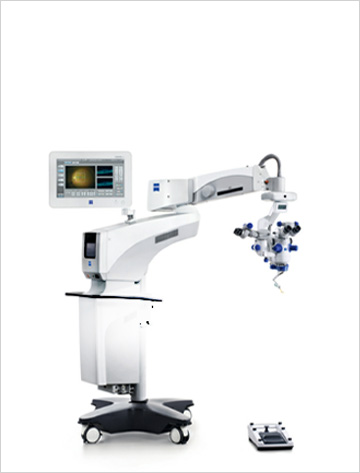
Callisto Eye
A system to improve cataract surgery outcomes
This surgical navigation device transmits patient eye information measured by a laser measuring device to the surgeon’s eyes via an overlay device built into the surgical microscope. It works in conjunction with our hospital’s laser ophthalmometer, the high-performance LUMERA 700 surgical microscope, and the Forum Network video transmission device, enabling precise anterior
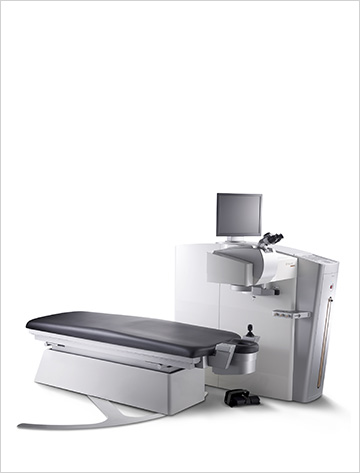
Excimer laser equipment for vision correction (Wavelight EX500)
One-step LASIK surgery equipment
This non-contact, all-laser LASEK surgical device uses a laser instead of alcohol or a machine to rapidly remove the corneal epithelium and perform vision correction surgery all in one go. Compared to conventional LASEK, it prioritizes patient convenience by reducing the size of the epithelial wound, as well as the surgical time, size, and pain of the surgical site.

Centurion phacoemulsification device for lens removal
Intelligent ultrasonic cataract surgery equipment
This phacoemulsification device is equipped with technology that automatically detects intraocular pressure during surgery and continuously maintains appropriate levels. It is optimized for cataract aspiration and removal, boasting fast surgery times and excellent surgical results.
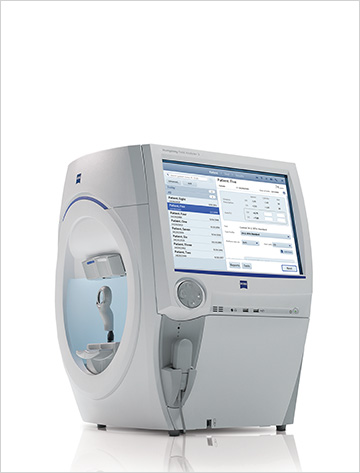
Visual Field Tester (Humphrey HFA II 740)
World-standard glaucoma screening equipment.
A perimetry machine measures the boundaries and sensitivity of the visual field by measuring the sensitivity of the retina in the center and the periphery.
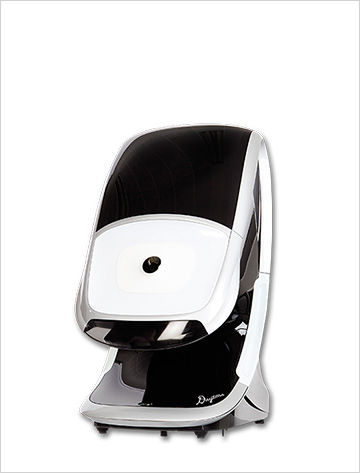
Wide-Angle Fundus Camera (Optos)
Non-dilation fundus photography equipment.
This allows patients to receive comfortable treatment without the discomfort of dilatation, and the absence of waiting times for dilatation shortens treatment times. Furthermore, not only existing retinal patients but also general patients can easily examine their retinas to detect previously unknown retinal diseases (peripheral retinal degeneration, retinal tears, retinal.
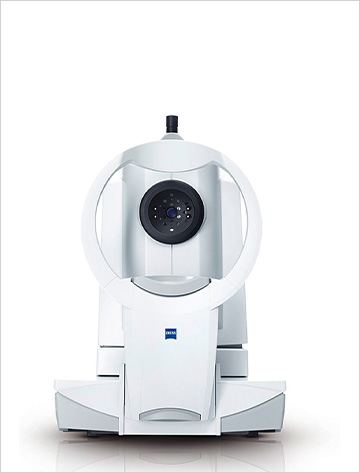
Laser Ophthalmometer (IOLMaster 700)
Real-time information from the eye through a surgical microscope.
This non-contact device uses lasers to measure a patient’s eyes during cataract surgery. It measures the refractive index, eye length, corneal length, and corneal diameter. This enables accurate measurements for intraocular lens implantation during cataract surgery, resulting in superior surgical outcomes.
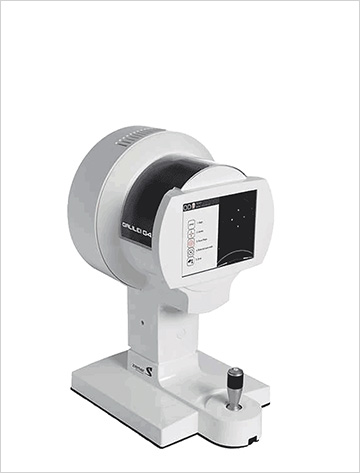
Corneal Anterior Segment Tester (Galilei G4)
Diagnostic equipment capable of accurate corneal analysis.
This cutting-edge diagnostic equipment integrates anterior segment CT and corneal topography to analyze the eye in 3D. It enables early diagnosis of Keratoconus through precise analysis of the posterior cornea and allows for accurate measurement of corneal astigmatism.

Anterior Segment CT Scanner (Pentacam)
Advanced precision inspection equipment from German company Oculus.
This device photographs and analyzes the anterior segment of the eye, including the cornea, anterior chamber, and lens. It simultaneously measures the patient’s subtle eye movements in three-dimensional images, enabling more precise and accurate examinations than other existing anterior segment imaging devices.

Corneal Topography Tester (Vario)
Precise corneal analysis with 22,000 points.
Based on the precise numerical analysis data from this device, we can treat not only refractive errors such as myopia and astigmatism, but also irregular corneal conditions.
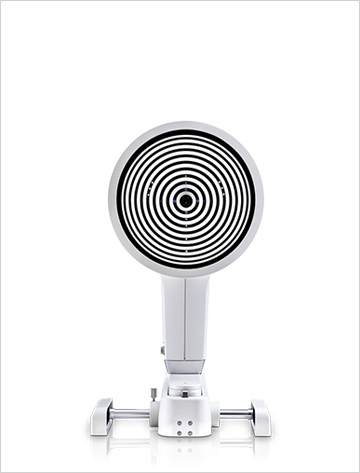
Dry Eye Diagnostic Equipment (K5M)
Specialized equipment for diagnosing dry eye syndrome.
A high-level dry eye diagnosis device that effectively diagnoses dry eye symptoms, including tears, tear film, tear viscosity, tear lipid layer, and meibomian glands.

Non-Contact Tonometer (IOP)
The most common intraocular pressure measuring device.
Non-contact tonometers are used to screen for high or low intraocular pressure when Goldmann tonometers are difficult to use, or when intraocular pressure measurement is required. They work by blowing compressed air into the patient’s eye and measuring the time it takes for the cornea to contract and then recover, which is then converted into a measurement of intraocular pressure.

Corneal Endothelial Cell Meter (CEM-530)
Measuring the endothelial cells of the cornea, the surface of the eye.
The corneal endothelial cell function tester is a piece of basic ophthalmic equipment essential for assessing the feasibility of cataract surgery and for differential diagnosis of corneal diseases such as corneal dystrophy before surgery.
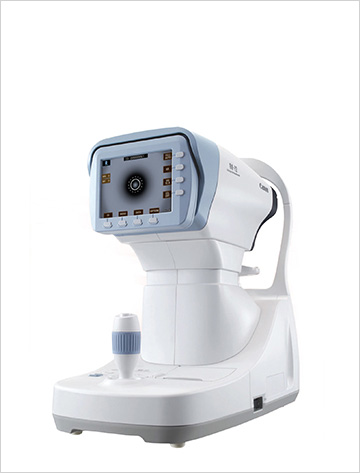
Autorefraction, Keratometer (ARK)
Ocular refractive index measuring equipment for screening.
This device measures the refractive power and corneal curvature of the entire eye. It can detect refractive errors such as myopia, hyperopia, and astigmatism, and the values measured by this device are also used in cataract surgery and refractive correction surgery.
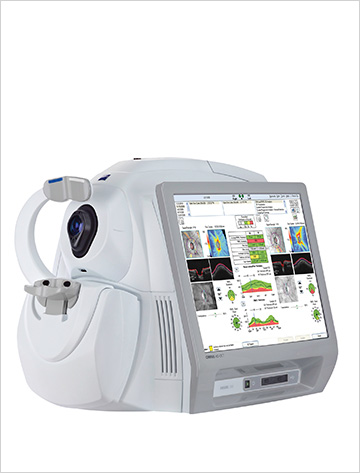
Ocular Optical Coherence Tomographer (CIRRUS 6000)
Early glaucoma detection and treatment.
By analyzing the eye in three dimensions, it can detect subtle retinal vascular lesions and glaucomatous changes. It not only quickly obtains high-resolution images of the retina—more than 10 times better than CT or MRI—but also enables a variety of analyses through clinically proven algorithms.
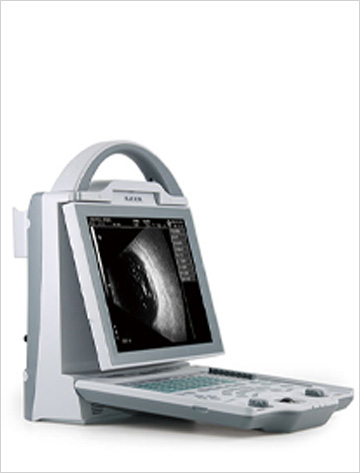
Ophthalmic Ultrasound Scanner (ODU5)
For more accurate ultrasound eye scans.
A device that uses ultrasound to photograph the length of the eye, anterior chamber depth, lens thickness, retinal detachment, location of intraocular hemorrhage and foreign body. It can also determine the degree of artificial lens implantation.
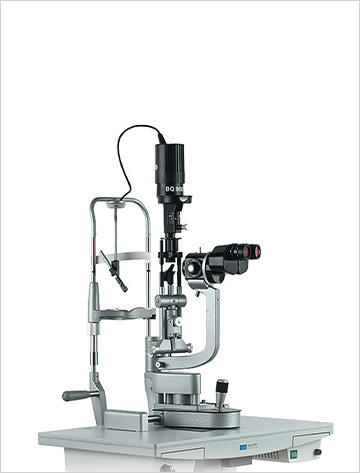
Slit Lamp Microscope (BQ 900)
Basic ophthalmic equipment .
This is the most basic diagnostic equipment used to examine eye diseases. The Haag-Streit model boasts the most advanced features among slit-lamp microscopes. The high-resolution camera integrated with the device captures real-time images of the eye’s condition, allowing patients to directly monitor the condition on a monitor.

Laser treatment for posterior cataracts (ZEISS VISULAS YAG III)
Fast and effective iridotomy
Laser treatment device for secondary cataracts that can rapidly reduce intraocular pressure, relieve pain, and restore vision through iridotomy in acute angle-closure glaucoma.
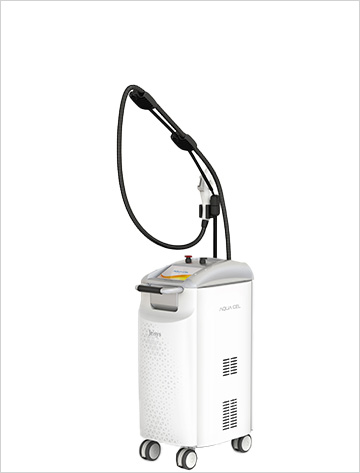
Dry Skin Treatment Laser (AQUA CEL)
IPL laser for ophthalmology
This ophthalmic IPL device utilizes a 590mm wavelength filter to treat vascular inflammation. It delivers 300 pulses (pulses) per minute, delivering equal energy to the skin, enabling fast and stable treatment. Its high energy delivery enhances meibomian gland function and is also effective in treating vascular inflammation, such as styes, congestion, and itching.
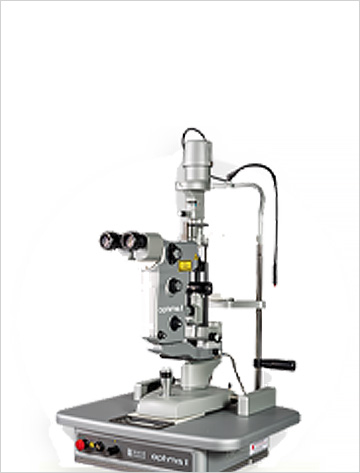
Secondary cataract treatment laser (Quantel medical optimis2)
Easy treatment available even in outpatient settings
With highly reliable and accurate equipment for the treatment of secondary cataracts and glaucoma, secondary cataracts can be treated simply as an outpatient without surgery, allowing same-day treatment.
